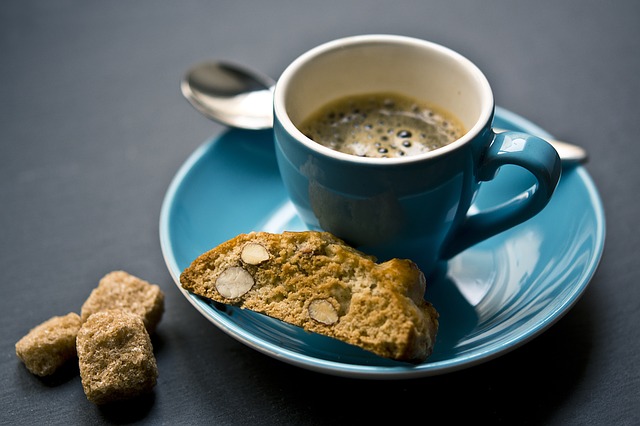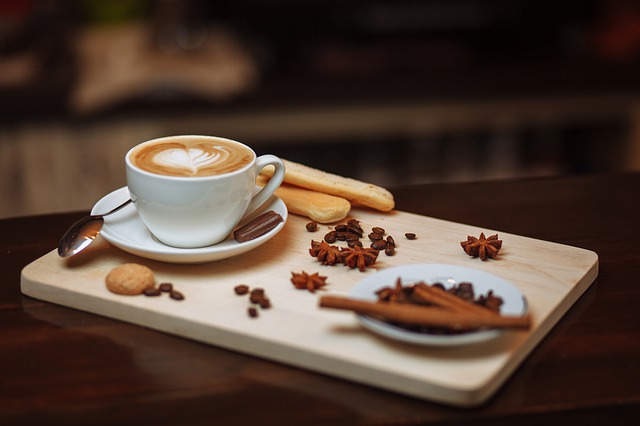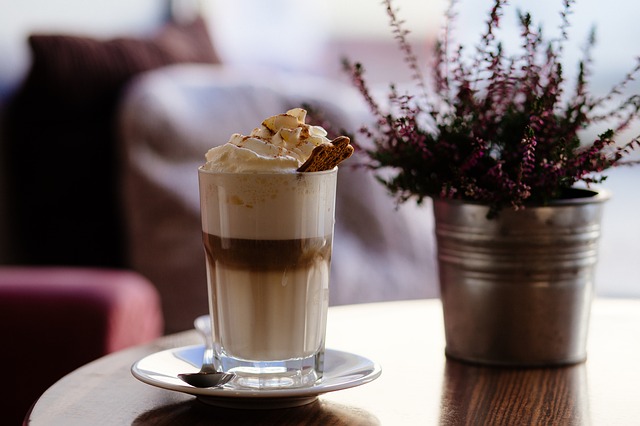Everything you need to know about Italian coffee: the vast diversity of this beverage and its legendary history: about a battle of the religions and a Pope with a sweet tooth…
By Alessandra Ivaldi / 20.07.2020
What is coffee? First and foremost a world-renowned drink, consumed in a unique way by every nation. When it comes to drinking coffee, each nation has their own traditions. Coffee is an essential part of everyday life in Italian culture, and its consumption resembles a ritual. A good coffee helps us wake up in the morning and makes our day significantly better. Bad coffee, however, leads to us being moody and irritated. In Italy, one does not just have coffee at breakfast. That is to say, the Italians drink multiple coffees a day, even though doctors advise against this.

Another peculiarity that sets the Italians apart from the rest of the world is related to the wide range of coffees they have invented. Upon entering a café in Italy, you will always find several people having a cup of coffee. If you pay attention, you will realise that it is rare for multiple customers to drink the same variety of coffee. It is important to acknowledge the impressive creativity and adaptability of Italian baristas as they fulfill the most bizarre requests. In addition to the enormous variety of coffees on offer, customers are able to request a personalised coffee with a twist to it, like extra ingredients/toppings, or small changes to the original recipe. But let’s take this journey step by step and start with some of the most famous types of Italian coffee.
First of all, it is important to know that the traditional Italian coffee is the kind known as ‘espresso’ elsewhere. It is highly concentrated and served in a smaller cup. Espresso is traditionally drunk without any sugar. There is an even stronger, more concentrated version of the espresso, commonly known as caffè corto or ristretto. Do not be surprised when you place your order in an Italian café, and the waiter/waitress serves you a small cup containing, potentially, only a few drops. This is how you drink a caffè ristretto! One can best savour the taste of the drink when consuming a coffee this way. However, not everyone likes the caffè ristretto. Even amongst Italians, there are people that find it too strong, and it is almost impossible to find a caffè ristretto in another country.

The most popular type of coffee abroad is called caffè lungo (long coffee) in Italy. It is served in bigger cups and has a finer taste than the espresso, as its mixture includes more water. Its so-called American ‘relative’ is often looked at suspiciously by the Italians, as it is a lot weaker than the above-mentioned coffee types. The American type is served in a large mug and is diluted with water.
Cappuccino is also known worldwide. It is prepared by mixing coffee and milk froth. However, the Italians do not just settle for a plain, standard cappuccino! They can also decide between a dark (containing a greater part of coffee) or a light (less coffee and more froth) when sitting at the bar and ordering a cappuccino from the barista. It is important not to mix up cappuccino and caffè e latte (coffee with milk). What is the difference between a caffè e latte and a cappuccino? The answer is pretty straight-forward: a caffè e latte contains more milk.

A similar type of coffee to the cappuccino is the so-called mocaccino. Its mixture is almost identical to the cappuccino, but you add a small amount of chocolate and cream, and, sometimes, also a bit of cocoa powder.
For all the sweet tooths, there is the marocchino, typically found in the Northwestern regions of Italy. Here, every café has its own secret recipe for the preparation of the marocchino. It is usually prepared as follows: one pours the milk froth in a small glass with chocolate cream. However, there are also variants without this cream. Afterwards, one mixes the coffee with the milk and adds chocolate or cocoa powder. Some versions of this recipe are even more spectacular, as you also add cream and cinnamon!

The caffè macchiato is a lot more plain. One has to add but a tiny amount of milk to the coffee. The opposite of this is the latte macchiato, where one adds but a little bit of coffee to the milk.
In the Northeastern regions of Italy, the caffè corretto is very popular. This coffee is an espresso with added grappa or another type of schnapps.
After discovering the traditions of Northern Italy, we will take a look at the South, where a special coffee-related product has been developed, due to a hotter climate. You can taste the so-called caffè in ghiaccio (coffee in ice) when you go on holiday to Southern Italy. All you have to do is go to a café, and order a coffee and a glass of ice. It is important that the ice cubes are taken straight from the freezer. If they are already melting, the coffee will be too watery. As an alternative, you can order a caffè shakerato (shaken coffee). In order to prepare it, one must add coffee, sugar, and ice to a shaker and shake it thoroughly. This coffee can be turned into a delicious dessert by adding schnapps or chocolate.

After having explored a range of important types of coffees found in Italian cafés, we can focus on a last curious aspect of the relationship between the famous drink and the Italian peninsula. It is interesting to note that in the beginning, coffee had a bad reputation in Italy, despite all the stereotypes about the ‘coffee addiction’ of the Italians.
Coffee only came to Italy in 1600, when trade relations between Venice and the Ottomans were established. The Ottomans had been consuming this mysterious drink for a long time. Because of this, the public eye saw coffee as related to Islamic culture, and the most adamant Catholics avoided it, as they believed it was the devil’s work! The Church portrayed coffee as a diabolical tool able to make someone too alert, talkative, and uninhibited. Ironically, it is the Church that intervened in the end to have coffee approved by the Catholics. This is because Pope Clemens VIII wanted to try the dangerous devil’s brew. Legend has it that he sipped his first coffee and claimed it would have been a sin to leave such a tasty drink to the heathens. Therefore, Clemens VIII decided to baptise coffee, in order to take it away from the devil. The astonishing dispersion of coffee in Italy started right from that moment.




Recent Comments